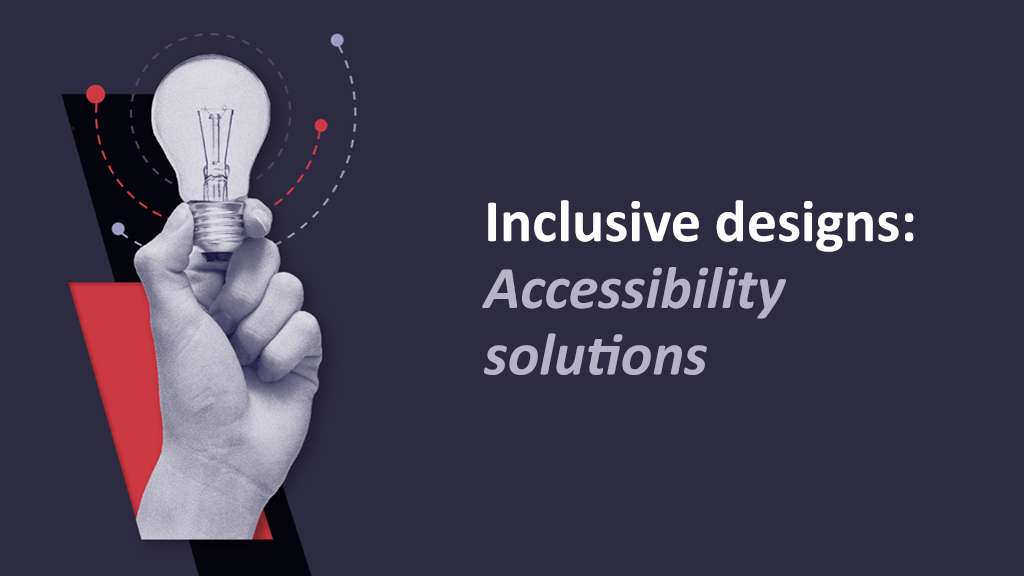Interactive Storytelling in Web Design: Engaging Users Through Narrative

In digital marketing, storytelling remains essential for communicating brand messages through engaging narratives.
Content is not just about texts, but visuals too. Today, storytelling has become more visual, using pictures, videos, and designs on websites to connect with audiences.
As a web designer, mastering interactive storytelling is crucial to capturing visitor attention and fostering brand engagement. This article explores key storytelling principles for designers and web design strategies to engage audiences effectively.
Why Interactive Storytelling is Important in Web Design?
Beyond aesthetics, visual storytelling is being used as a strategy to boost user engagement and optimise search engine results. A website that is easy to use and follows a well-organised story can lead users more comfortably, decreasing bounce rates and increasing dwell time of visitors.
Interactive storytelling in web design effectively conveys corporate identity, builds rapport with customers, and boosts brand loyalty. By telling brand stories through artistic components, social media users become more aware of the brand and visit it more frequently.
Since search engines give preference to websites with interesting images and videos, it is imperative for search engine optimization to invest in high-quality visual elements. Using interactive web solutions to organise content not only helps in search engine indexing but also increases SEO visibility.
Good first impressions from website design are crucial, underscoring the significance of narrative in web design to improve search engine rankings, increase click-through-rates, and establish authority through involved users.
Important Elements of Storytelling in Web Design
To connect, captivate, and resonate with your audience, effective visual storytelling depends on essential components working together. Building creative website designs and aesthetically pleasing requires an understanding of these elements:
User Experience
In digital marketing, user experience is everything. When people experience stress while navigating through your website, they are likely to refrain from buying anything from your brand.
The user experience is critical to the effectiveness of visual storytelling. This means designing a user-friendly and intuitive experience for users to navigate your website.
To what extent do users navigate your website efficiently? Is information easily available? How much of your images are easy to use? These are important questions.
Emotional Appeal
The core of developing a narrative is evoking strong emotions in your target audience. Human behaviour is driven by emotions, therefore if you can connect with them on a deep level, you’ll hold their attention.
Pictures have the ability to arouse strong feelings like joy, empathy, excitement, or longing. Including visually stimulating content on your website strengthens the connection between you and your audience.
Interactivity
You must actively interact with your audience if you want to fascinate them. Including interactive elements increases user engagement and motivates readers to actively participate in your narrative. Making use of resources like interactive infographics, tests, and multimedia presentations enhances your story and makes a lasting impact.
Additionally, because interactivity encourages users to stay on your website longer and indicates the availability of excellent material, search engines reward it.
Responsive Design
You may fix a lot of issues with your website using responsive design. You’ll gain more time from visitors to your site, make your site mobile-friendly, and enhance its appearance on screens of all sizes. Enhancing your search engine rankings might also be aided by it.
Typography and Texts
While written words are usually not associated with visual storytelling, textual elements like headings, descriptions, dialogue, and narration do play a crucial role in creating a cohesive visual tale. The arrangement, style, and font choice of text can guide the reader, provide context, or add details that are relevant to the main plot.
Visual Storytelling and Principles in Web Design
Before you incorporate interactive storytelling in web design, you must understand the following principles of innovative website design:
- Structure: Visual narratives follow a predetermined order that consists of an introduction, a middle section, and an end. The homepage serves as the website’s friendly entryway, outlining its main points of interest. The primary section serves as the website’s beating heart, containing all the crucial company information. Here is where the narrative takes place. Lastly, there’s a button or prompt urging you to take a certain action at the conclusion.
- Conflict & Resolution: In the world of web design, resolving disputes and overcoming obstacles entails identifying the challenges people have and showcasing how your company can solve them.
- Hierarchy: Effective visual storytelling makes use of visual cues like ratios, colours, and contrasts to draw the viewer in, highlight important compositional parts, and encourage users to take certain actions.
- Context: Visual storytelling creates images that are relevant, meaningful, and appropriate for the viewer by taking into account the particular platform, presentation style, and target audience. This makes it possible to create an overall engaging and personalised experience.

Best Visual Storytelling Practices for User Engagement
Maintain Consistency in Design
Consistency in web designs gives the audience a unique and cohesive visual experience. In visual narrative, layout, colour, typography, and photography are essential components:
- Colour Scheme: Select a consistent colour scheme that complements your brand and the feelings you want to express. Use colour theory to help create visual coherence and focus the viewer’s attention.
- Typography: Choose readable typefaces that go well with your material. Make sure that the font styles, sizes, and layouts are all consistent throughout your visual story.
- Visual Aesthetic: Create a unified visual style that reflects both your brand and the tone of your story. This could include the use of photos, illustrations, or unique graphic components.
Accessibility Consideration
To ensure inclusion and enjoyment for all, give accessibility top priority when employing visual storytelling. This embodies the essence of user-friendly web design.
- Image descriptions: Provide text descriptions for images to aid target audiences who are visually impaired.
- Text and image contrast: Maintain sufficient contrast between the text and the images so that those who are colour-blind can easily read them.
- Video transcripts & captions: Add captions to videos to make your content accessible to those viewers who are partially or completely deaf.
Testing and Iteration
- User Testing: Consult with the intended audience to acquire their opinions on visual storytelling. Evaluate responses, get feedback, and pinpoint areas that need work.
- Analytics: Gather information about user interaction by using analytics technologies. To identify your website’s advantages and disadvantages, examine data such as page length, click-through rates, and conversions.
- A/B testing: Try out various visual storytelling components. To find the best choices, test versions on various audience segments.
Conclusion
In conclusion, integrating interactive storytelling into web design is vital for enhancing user engagement and SEO effectiveness. Prioritise elements like user experience, emotional appeal, interactivity, responsive design, and accessibility. Maintain visual consistency and test regularly to refine strategies.
Looking for best web design services? Reach out to us!


Seamless Integration How Consumers Want Their Devices and Services to Work Together
July 17, 2024 Read More

